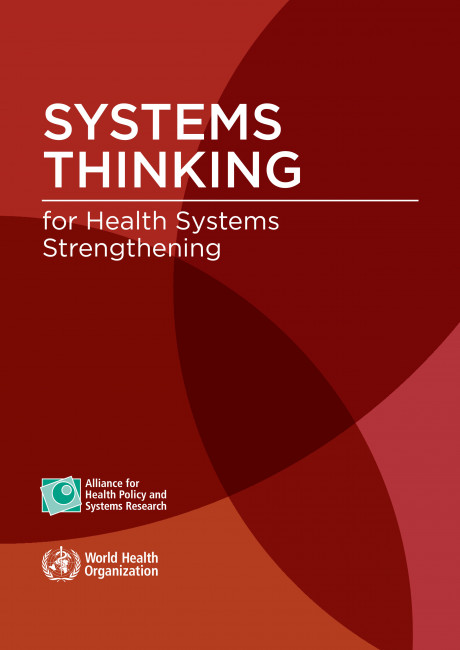In the previous decades, little was understood about what works in health systems strengthening and how researchers and policymakers can apply it. So, although there was general agreement for the need to strengthen health systems, especially in LMICs, there was no guidance to understand and appreciate the complex interactions and unintended consequences of actions in one part of the health system on other health system elements.
Systems Thinking provides a deliberate and comprehensive suite of tools and approaches to map, measure and understand these dynamics. This Report proposes “Ten Steps to Systems Thinking” for real-world guidance in applying such an approach to the health system. It uses a major contemporary health financing intervention to demonstrate how a broad partnership of stakeholders can deliver a richer understanding of the implications of the intervention, including how the system will react, respond and change, along with what synergies can be harnessed, and what negative emergent behaviour should be mitigated. This understanding can be applied to a safer and more robust intervention design and an evaluation that goes beyond the usual “input-blackbox-output” paradigm to one that accounts for system behaviour. The systems thinking approach connects intervention design and evaluation more explicitly, both to each other and to the health system framework.



